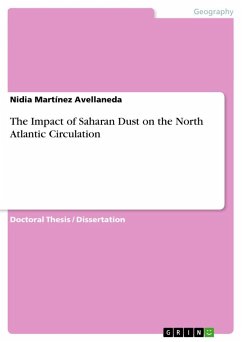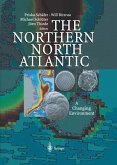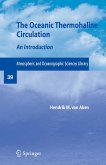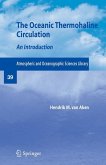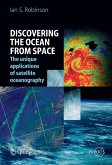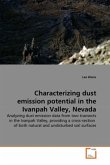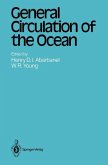Doctoral Thesis / Dissertation from the year 2010 in the subject Geography / Earth Science - Meteorology, Aeronomy, Climatology, grade: Sehr Gut, University of Hamburg (Institute of Oceanography), language: English, abstract: The erosion of Saharan soil is the World's largest annual source of mineral dust aerosols, resulting in a deposition of more than 40% of the global atmospheric dust into the North Atlantic (NA). By changing the atmospheric opacity, mineral dust can alter the shortwave radiative forcing at the surface of the ocean, altering the ocean mixed layer heat budget and therefore affecting the sea surface temperature (SST). Moreover, changes of the total amount of energy received at the ocean surface have an impact on the ocean circulation. In this thesis we combine several satellite observations, in-situ radiation measurements, a 1D mixed layer model of the ocean, and various versions of a 3D general ocean circulation model, to study the impact of Saharan dust on thecirculation of the NA. A buoyancy source generated by realistic dust-induced shortwave flux anomalies is imposed in the eastern NA and the differences between this simulation and an unperturbed one are investigated in terms of the ocean dynamical adjustment and changes in the Atlantic Meridional Overturning Circulation (AMOC). A joint analysis of aerosol optical depth retrievals from the MODIS sensor and SST from the TMI sensor for the period 2000-2006 shows a decrease in SST of 0.2° to 0.4°C simultaneously with, or shortly after, strong dust outbreaks, which is consistent with an independent estimate of SST decrease simulated by a local 1D mixed layer model. A comparison between observed TMI SST fields and simulated SSTs with an eddy-permitting model of the NA suggests a local cooling of about 0.5°C on sub-seasonal to interannual time-scales. Results of the 3D simulations show that an advection of the ocean properties ocurs in respon
Bitte wählen Sie Ihr Anliegen aus.
Rechnungen
Retourenschein anfordern
Bestellstatus
Storno

